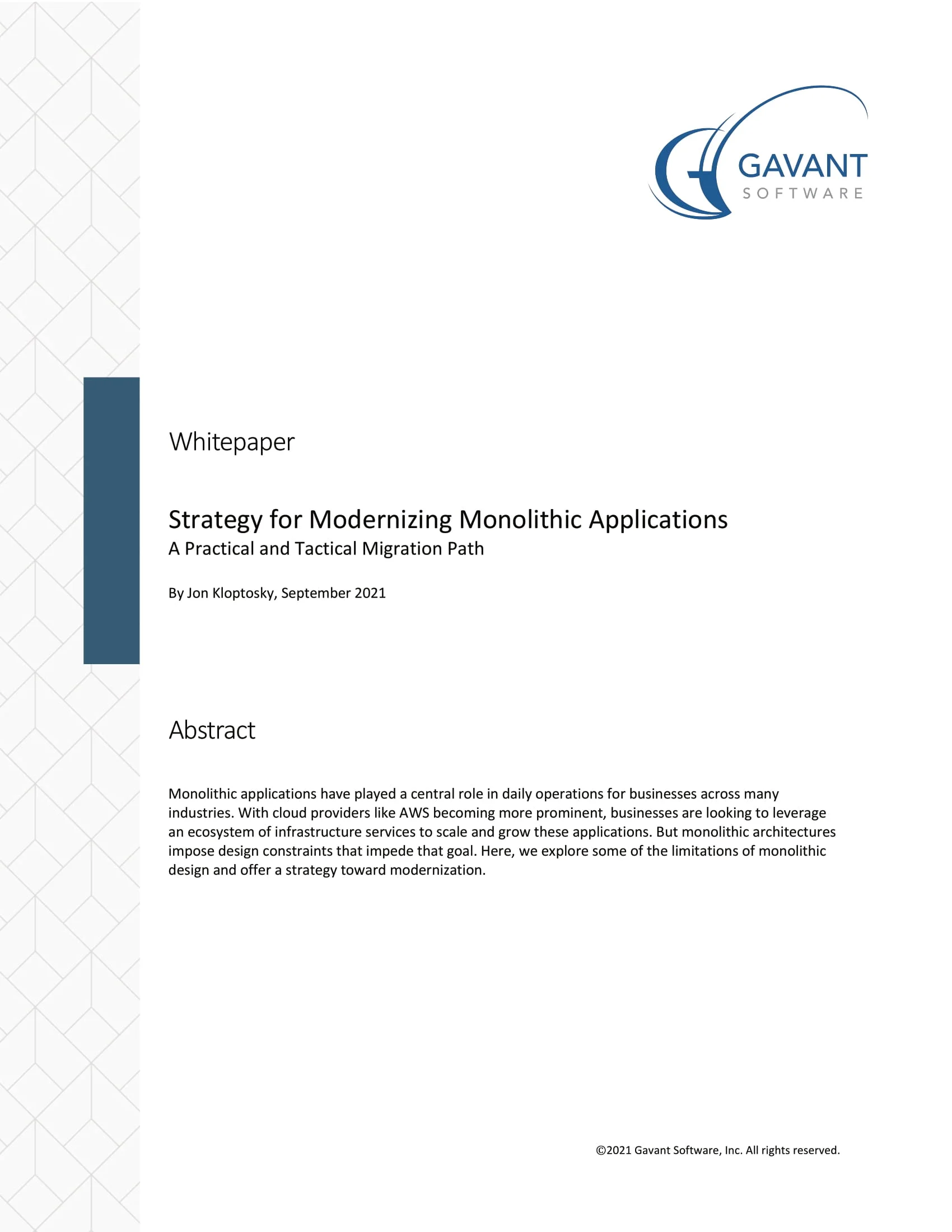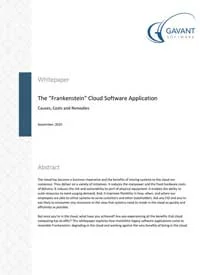Leveraging Amazon Aurora for Highly Scalable Database Applications
The industry trends we’re seeing today show business’ desire for more cloud-based software applications. Companies are growing their IT spend on cloud-based enterprise-wide applications. Consumers have heightened demand for cloud and SaaS options, and databases are increasingly moving to the cloud.
Dark-side driving forces include aging legacy systems, lack of IT flexibility, licensing compliance, and the high cost of commercial databases.
Upside driving forces include enablement of faster time to market, increased rate of innovation, more reliable applications, scalability to reach more customers, and reduced costs.

Beyond the simple lift-and-shift of Frankenstein software to the cloud, there’s a better path that involves modernization of software. With this path, you can leverage solutions offered by the largest cloud computing service providers, like Amazon Aurora by AWS. Amazon Aurora combines the performance and availability of commercial databases with the simplicity and cost-effectiveness of open-source databases. This enables companies to drop old-guard commercial database dependencies, reduce costs, shorten ROI timelines, and scale throughput to 5x that of MySQL.
Amazon Aurora delivers high availability and durability through fault tolerant and self-healing storage, supported by automatic replication across AWS Availability Zones, rapid failover and faster read times. And it’s highly secure, so data is protected at scale via encryption at-rest and in-transit. Network isolation is attained through Amazon Virtual Private Clouds and automated backups.
The systems are provided fully managed, including resource provisioning, maintenance, and backups. So rather than worrying about database management, you can focus on driving greater business value and user outcomes.
Let’s look at a real-world example…
We built a social media application that allowed users to upload content to the application and share it with others. Since the application would be publicly available the database was a key concern. It needed to be able to scale not only with the users but with the infrastructure as well. Utilizing the serverless version of Amazon Aurora enabled us to scale the instance dynamically based on users’ usage. No more running out of memory or CPU – the instance would scale up when there were heavy periods of usage and scale back down again once the usage settled.
Another benefit of Amazon Aurora is that the database will scale in size up to 128TB. There’s no need to worry about picking the right storage amount for your database. It will provision extra storage as your data grows. In addition to that, Amazon Aurora automatically stores 6 copies of the data across 3 Availability Zones and will automatically attempt to recover data with no loss if one zone becomes unavailable. This was crucial for a database that needs to be available 24/7 for users.




 Strategy for Modernizing Monolithic Applications
Strategy for Modernizing Monolithic Applications
 The "Frankenstein" Cloud Software Application
The "Frankenstein" Cloud Software Application
 A Guide to Custom Software Development
A Guide to Custom Software Development